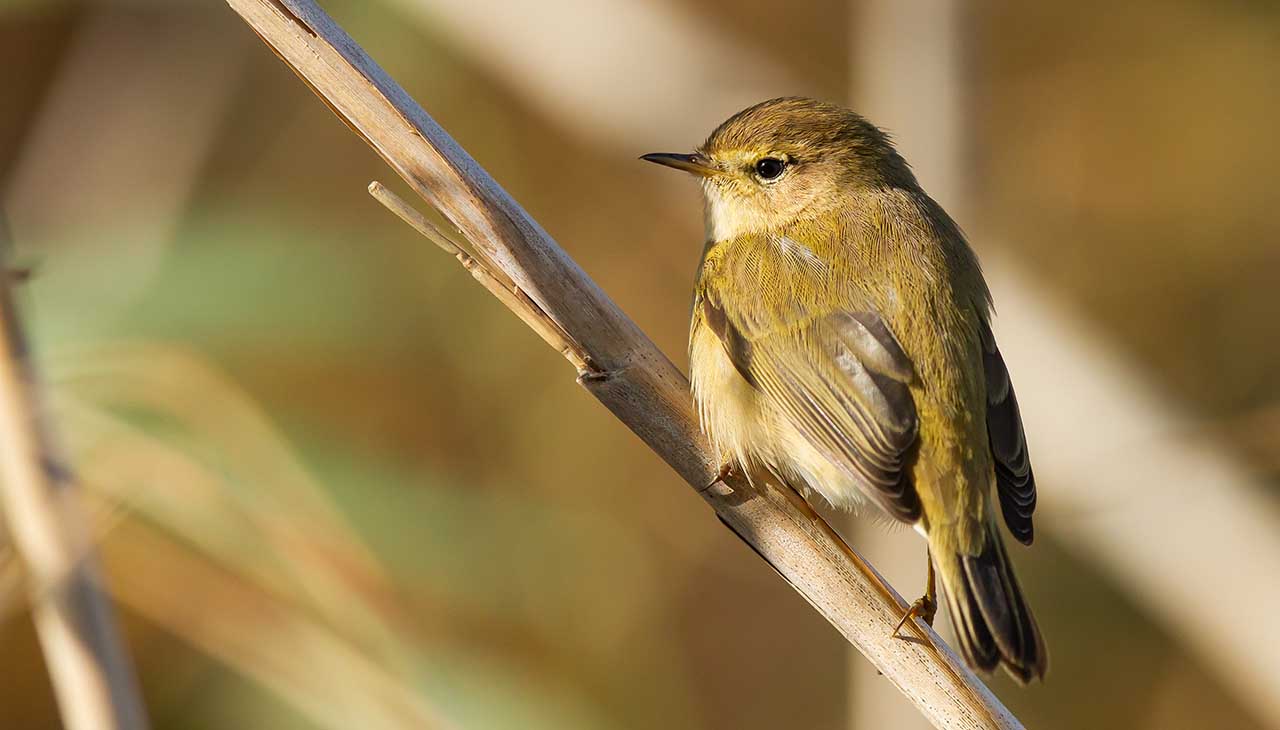Introduction
Brief Overview of Thermal Cameras
Thermal cameras are specialized imaging devices that detect infrared radiation (heat) emitted by objects, translating this information into a visual display. Unlike traditional cameras that capture light in the visible spectrum, thermal cameras reveal the heat signatures of subjects, allowing for unique and compelling visuals that are otherwise invisible to the naked eye.
Importance of Capturing Unique Bird Photos
Bird photography can be both challenging and rewarding. The ability to capture birds in their natural habitat, especially in low light or obscured conditions, can set a photographer’s work apart. Thermal cameras provide wildlife photographers and birdwatchers with a novel way to capture stunning and intimate images of birds, showcasing them in an entirely new light—literally.
Understanding Thermal Imaging for Bird Photography
How Thermal Cameras Work
Thermal cameras operate by detecting infrared radiation, which is emitted by all objects based on their temperature. They convert these heat signatures into electronic signals, creating images that represent temperature variations. Warmer objects appear brighter, while cooler objects appear darker in thermal images.
Advantages for Birdwatchers and Wildlife Photographers
- Visibility in Low Light: Thermal cameras can capture clear images in complete darkness or low-light conditions, making nocturnal bird photography feasible.
- Penetration Through Obstructions: These cameras can detect birds through foliage, fog, and other visual obstructions, offering a significant advantage in dense environments.
- Behavioral Insights: Thermal imaging can reveal subtle temperature changes and behaviors that are not visible to the naked eye, providing deeper insights into bird activity and interactions.
Limitations to Consider
- Resolution: The resolution of thermal cameras is generally lower than that of conventional cameras, which can affect image detail.
- Color Representation: Thermal images are monochromatic and do not capture the natural colors of birds, requiring post-processing for visual enhancement.
- Weather Sensitivity: Extreme weather conditions can affect the accuracy and functionality of thermal imaging.
Preparing for the Shoot
Selecting the Right Thermal Camera
Choosing the right thermal camera is crucial for capturing high-quality bird photos. Consider factors such as resolution, sensitivity, lens options, and battery life. Brands like FLIR and Seek Thermal offer a range of models suitable for wildlife photography.
Understanding Bird Behavior
Knowledge of bird behavior is essential for successful bird photography. Spend time observing the species you intend to photograph, noting their feeding patterns, flight paths, and common perching areas. This understanding will help you anticipate their movements and capture more dynamic shots.
Choosing the Perfect Location
Identify locations with high bird activity and diverse species. Nature reserves, wetlands, and forests are ideal spots. Ensure the location offers good vantage points and minimal human disturbance to avoid scaring the birds away.
Techniques for Capturing Stunning Bird Photos
Camouflaging and Positioning
Blending into the environment is key. Wear camouflage clothing, use hides or blinds, and minimize movements to avoid startling the birds. Position yourself at a distance that allows clear thermal imaging without disturbing the birds.
Timing and Patience
Bird photography requires patience and precise timing. Early mornings and late afternoons are typically the best times to photograph birds, as they are most active during these periods. Be prepared to wait quietly for extended periods to capture the perfect shot.
Tips for Using Thermal Imaging in Different Weather Conditions
- Cold Weather: Cold conditions can enhance the contrast between birds and their surroundings, making them stand out more clearly in thermal images.
- Hot Weather: High temperatures can reduce contrast. Focus on shaded areas where temperature differences are more pronounced.
- Foggy Conditions: Thermal cameras excel in foggy conditions, as they can penetrate through the fog and capture clear images of birds.
Post-Processing and Sharing
Reviewing and Editing Photos
Post-processing is critical for enhancing thermal images. Use software like Adobe Photoshop or Lightroom to adjust contrast, brightness, and sharpness. Color mapping can add depth and visual appeal to monochromatic thermal photos, making them more engaging.
Best Platforms for Sharing Bird Photos
Share your stunning bird photos on platforms such as Instagram, Flickr, and specialized wildlife photography forums. Tagging your photos with relevant keywords and participating in photography challenges can increase visibility and engagement.
Engaging with the Wildlife Photography Community
Join online communities and local photography clubs to connect with fellow wildlife enthusiasts. Sharing experiences, tips, and feedback can improve your skills and broaden your network. Consider entering your best photos into wildlife photography competitions to gain recognition and showcase your work.
Conclusion
Recap of the Benefits of Using Thermal Cameras for Bird Photography
Thermal cameras offer a unique and powerful tool for bird photography, providing visibility in low light, penetration through visual obstructions, and deeper behavioral insights. While there are limitations to consider, the advantages far outweigh them, making thermal imaging a valuable addition to any wildlife photographer’s arsenal.
Encouragement for Readers to Try These Techniques
We encourage you to explore the fascinating world of thermal bird photography. With the right preparation, techniques, and equipment, you can capture stunning and unique images that stand out in the crowded field of wildlife photography.
Call-to-Action to Share Their Own Stunning Bird Photos
Start your journey today and share your remarkable bird photos with the community. Use the hashtag #ThermalBirdPhotography to join the conversation and inspire others with your breathtaking captures. Happy shooting!

